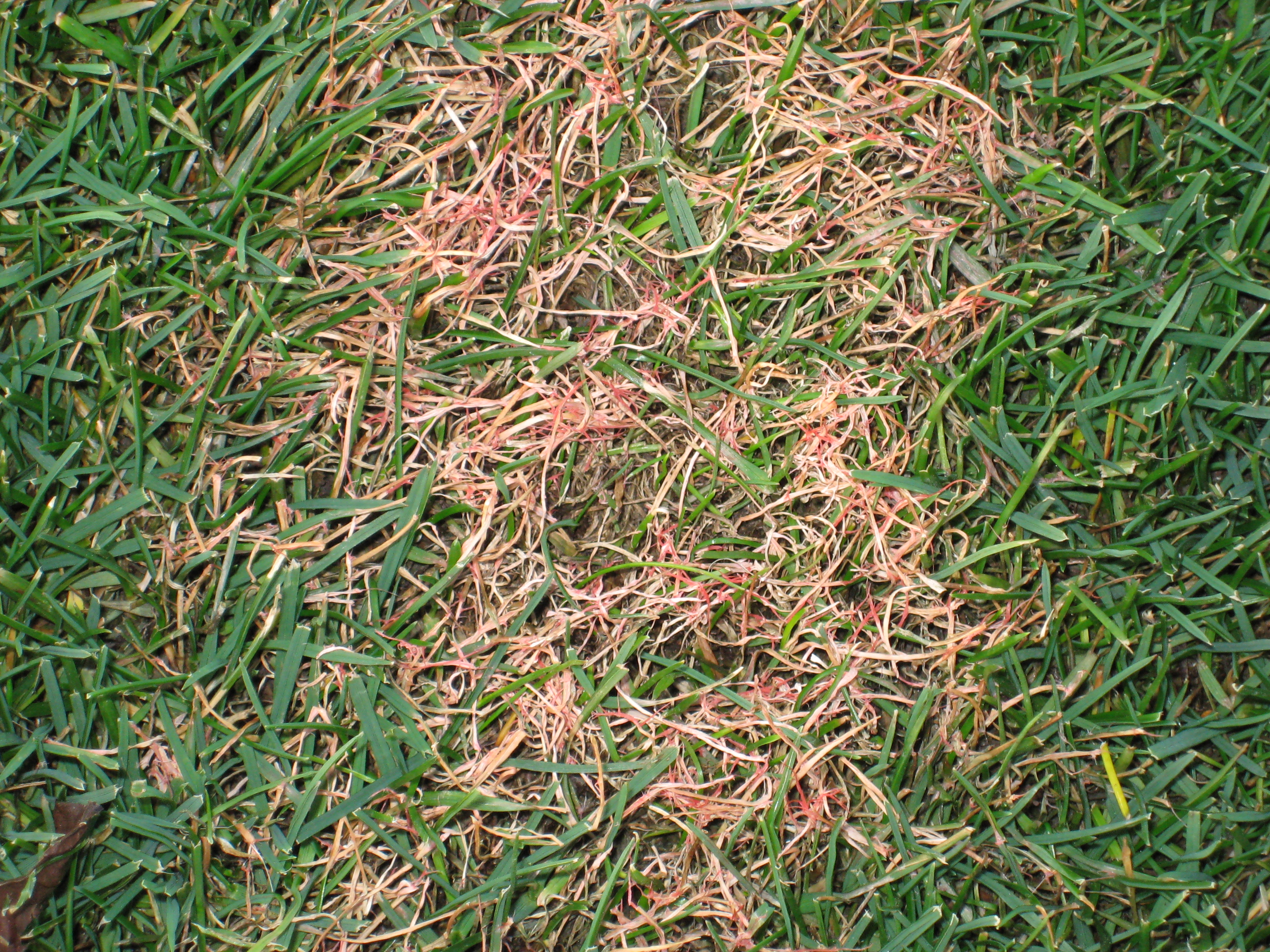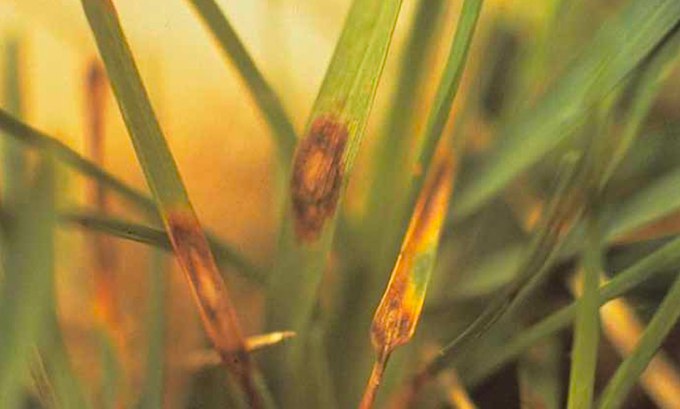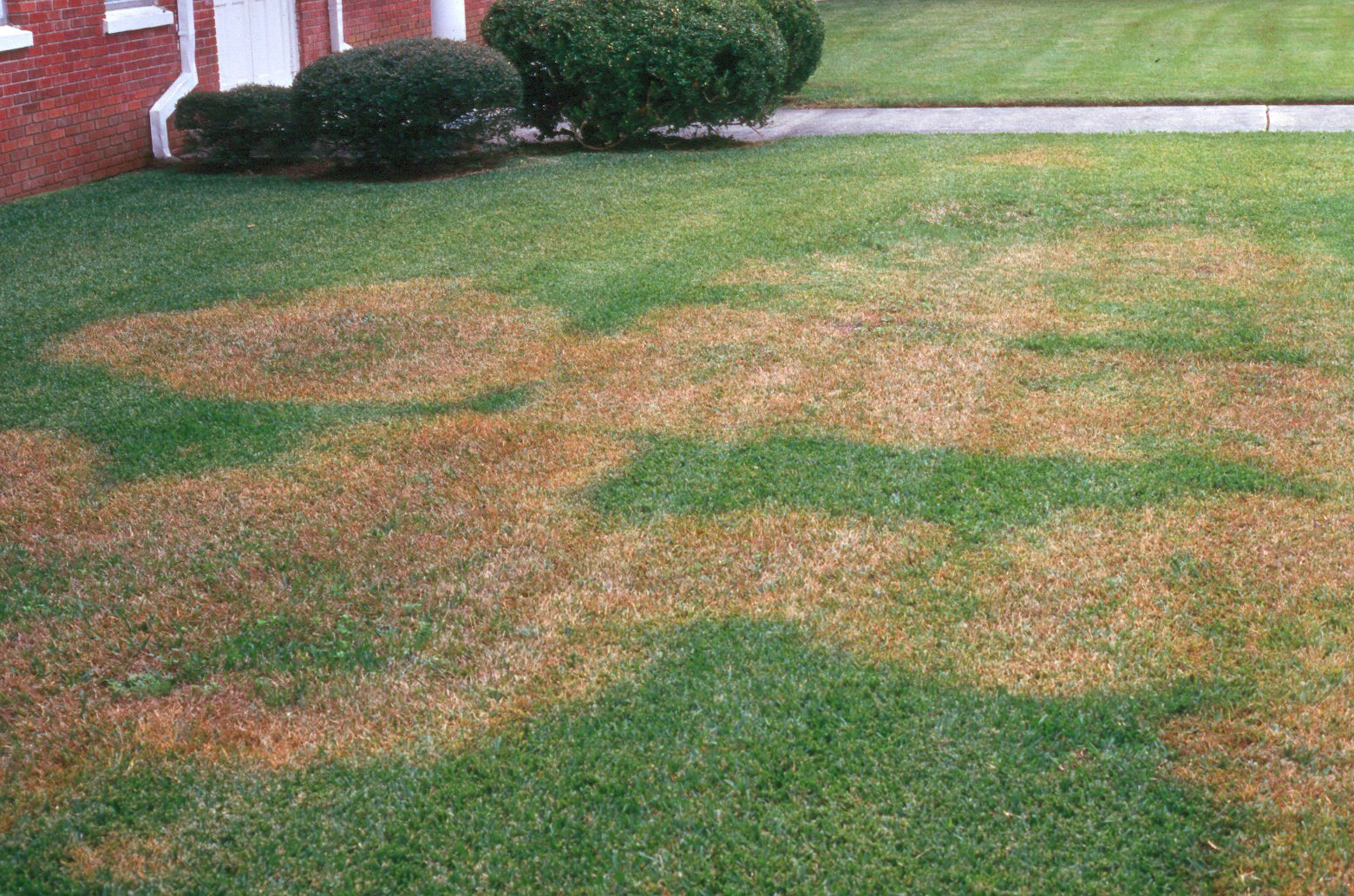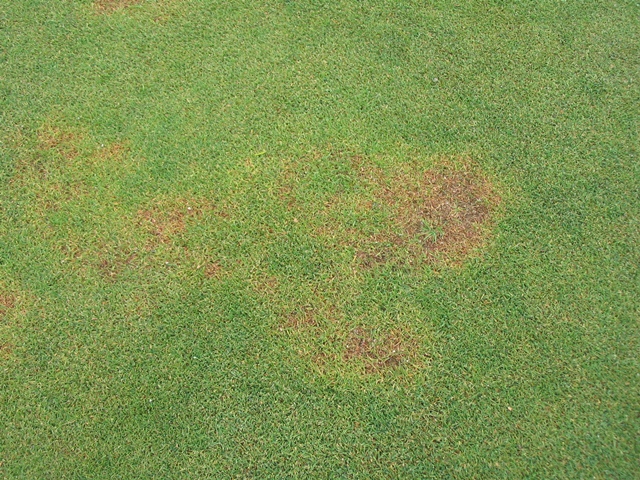
Dollar spot

Red Thread

Leaf Spot
DISEASE CONTROL
Green Side Up offers a preventative AND post application Disease Control Program to handle your lawn’s fungicide needs to help aid in lawn disease control. We look to provide you with the most personalized information pertaining to your lawn possible during each visit to your property. If any of our technicians notice this disease (fungus) activity on your lawn, we will be sure to make your aware of its presence, and any actions that need to be taken to resolve this issue, or any others.
What Causes Lawn Disease
Lawn disease in turf grasses, as in other plants, develops from an interaction among a susceptible plant, a disease-producing organism (pathogen), and an environment favorable for disease development. Susceptible grasses and pathogens (usually fungi) are present in all lawns. In most cases, the pathogens exist in a dormant or saprophytic (feeding on dead or decaying substances) state and do not attack living plants. Diseases occur when environmental conditions (weather, management, and/or site conditions) become favorable for the build up of pathogen populations and/or cause an increase in the susceptibility of the plant. When this happens, turf grass loss can occur. It is crucial that treatments be applied to prevent further damage.
There are a group of turf grass diseases for nearly every environmental condition that may arise. Some diseases develop during the frigid months of winter under a blanket of snow, whereas others occur only during the hottest and most humid conditions of summer. Some diseases appear more frequently in wet soils and following applications of high rates of fertilizer, while others are triggered by drought and low fertility.

Brown Patch

Summer Patch

Mushrooms
